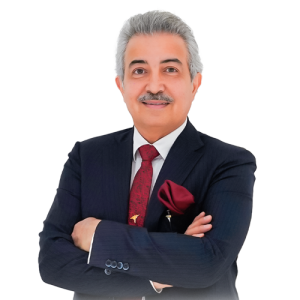Everything You Need to Know
Fat transfer to the face, also known as facial fat grafting or lipofilling, is a cosmetic procedure that uses a patient’s own fat to restore volume, enhance contours, and improve facial aesthetics. This innovative technique has gained popularity due to its natural-looking results and the dual benefit of body contouring. Here’s everything you need to know about the procedure, benefits, recovery process, and more.
What Is Fat Transfer to the Face?
Fat transfer to the face involves harvesting excess fat from another area of the body (such as the abdomen, thighs, or buttocks) and injecting it into targeted facial areas. The procedure aims to restore volume to areas that may have lost fullness due to aging, weight loss, or other factors. Common areas treated include the cheeks, under-eye hollows, nasolabial folds, and temples.
Benefits of Fat Transfer to the Face
Undergoing fat transfer to the face can provide numerous benefits, including:
- Natural-Looking Results: Since the procedure uses the patient’s own fat, the results often appear more natural than synthetic fillers.
- Restored Volume: The treatment can effectively restore volume to areas that have become hollow or sagging due to aging.
- Improved Skin Texture: The injected fat can enhance skin quality and texture, providing a smoother and rejuvenated appearance.
- Dual Body Contouring: The procedure offers the added benefit of body contouring by removing fat from unwanted areas.
- Long-Lasting Results: While some of the injected fat may be reabsorbed, the remaining fat can provide long-lasting volume and improvement.
Who Is a Candidate for Fat Transfer to the Face?
Ideal candidates for facial fat transfer typically include individuals who:
- Desire to restore volume in specific facial areas.
- Have enough excess fat in other body areas to harvest.
- Are in good overall health and do not have medical conditions that could complicate the procedure.
- Have realistic expectations about the results.
A consultation with a qualified plastic surgeon will help determine if you are a suitable candidate for the procedure.
The Fat Transfer Process: What to Expect
1. Consultation
During the initial consultation, your surgeon will evaluate your facial structure, discuss your aesthetic goals, and create a personalized treatment plan tailored to your needs.
2. Preparation
You will receive pre-operative instructions, which may include guidelines on medications, smoking cessation, and dietary recommendations to prepare for the procedure.
3. Procedure
Fat transfer to the face is typically performed under local anesthesia with sedation or general anesthesia. The procedure includes several key steps:
- Fat Harvesting: Fat is harvested from the donor site using liposuction techniques. Small incisions are made in the selected area, and a thin cannula is used to extract the fat.
- Fat Processing: The harvested fat is processed to separate healthy fat cells from impurities and excess fluids.
- Fat Injection: The purified fat is injected into the predetermined facial areas using a fine needle or cannula. The surgeon carefully layers the fat to achieve a natural look and desired volume.
The duration of the procedure varies but typically takes about one to two hours.
4. Recovery
After the procedure, patients can expect some swelling, bruising, and discomfort in both the donor and injection sites. These symptoms are usually manageable with prescribed medications. Patients are generally able to return to normal activities within a week, but it’s advisable to avoid strenuous activities for a few weeks.
5. Follow-Up Care
Follow-up appointments will be scheduled to monitor your recovery and ensure optimal healing. Your surgeon will provide instructions for care during recovery and may schedule additional sessions for touch-ups if necessary.
Risks and Complications
While fat transfer to the face is generally safe, potential risks and complications may include:
- Infection: There is a risk of infection at the donor or injection site.
- Uneven Results: Some patients may experience unevenness or lumps, which can be addressed with follow-up treatments.
- Fat Absorption: Not all transferred fat cells survive; some may be reabsorbed, which can affect the final results.
- Scarring: Although incisions are small, there may be minimal scarring at the donor site.
Alternatives to Fat Transfer to the Face
If you’re not ready for a fat transfer procedure or prefer non-invasive options, consider these alternatives:
- Dermal Fillers: Synthetic fillers can provide similar volume and contouring effects without surgery but may require regular maintenance.
- Sculptra: This injectable treatment stimulates collagen production to restore volume gradually over time.
- Facial Implants: Implants can provide permanent volume enhancement in specific areas, though they require surgical intervention.



